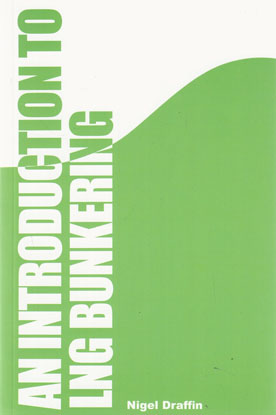
Liquefied natural gas (LNG) is poised to become a viable and widely used marine fuel. As port authorities and ship owners work together on the creation of bunkering infrastructures, and stringent environmental regulations limit the use of high sulphur fuels, there is a clear global impetus for making the switch to LNG.
In An Introduction to LNG Bunkering, industry expert Nigel Draffin answers the key questions about LNG bunker fuel in his usual informative and lucid style. He looks at the properties of methane, gas and dual fuel engines, tank design, fuel and safety systems, as well as onboard and onshore storage and safety issues. Potential problem areas in the use of LNG, such as weathering, sloshing and methane slip, are flagged up and clearly analysed.
Draffin takes a close and informed look at bunkering procedures, including delivery methods, transfer equipment, connections, and loading operations. He also reviews the on-going work of maritime organisations, such as the International Maritime Organization, in codifying LNG bunkering operations. He looks at the current LNG-fuelled fleet and outlines future trends in the use of LNG-fuelled vessels. Most importantly, as the price of conventional marine fuels remains at high levels, he addresses the complex issue of pricing LNG as a bunker fuel.
As the global shipping industry begins to see LNG as a ‘conventional’ rather than an ‘alternative’ fuel, An Introduction to LNG Bunkering goes a long way to filling the ‘knowledge gap’ which still exists across the maritime sector. It is an invaluable primer on its subject and should be read by everyone who wants keep ahead of the curve in the sale, provision, handling and analysis of marine fuels.